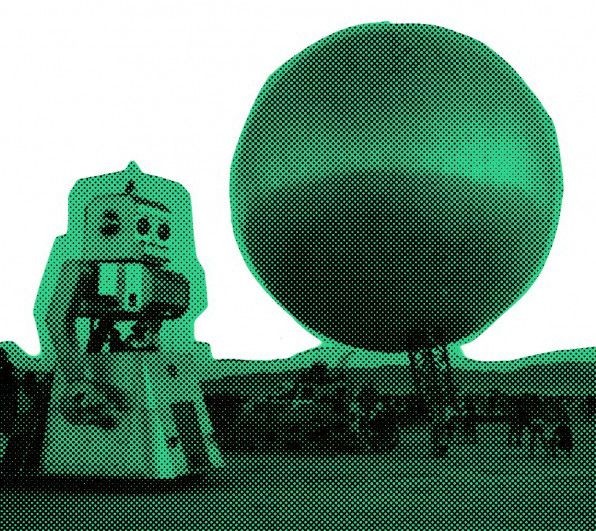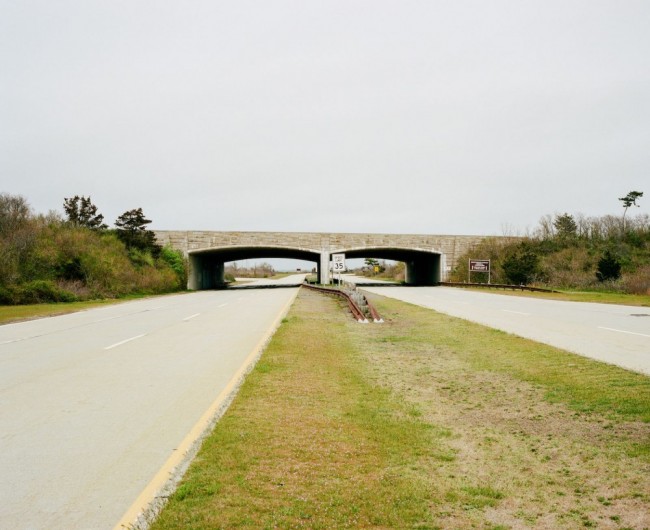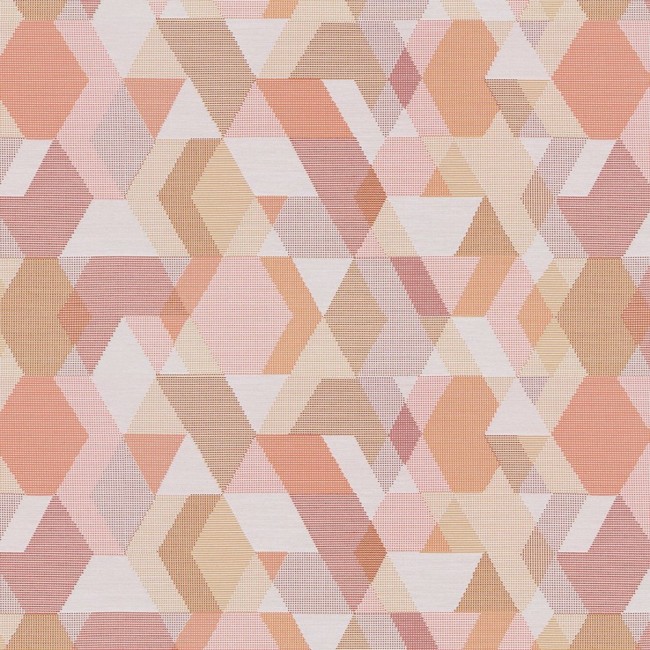GET SMART: Will 5G-Powered Cities Mean More Intelligent Design Or Just A Data Dump?
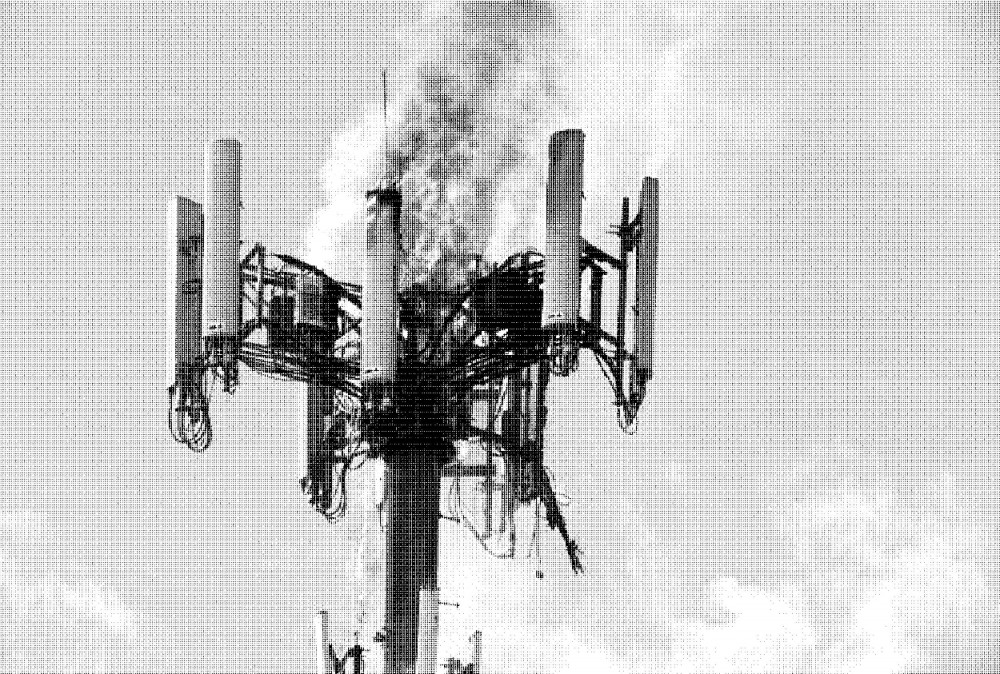
People around the world have been setting cell towers on fire provoked by conspiracies and concerns around 5G’s health impacts.
Welcome to the fourth industrial revolution. So say countless press releases, industry-conference titles, and headlines in publications like Wired and Forbes. If we buy into the hype, 5G, shorthand for the fifth generation of network technology, will change how we live. It represents a leap in the rate at which data can be sent — up to 100 times faster than the 4G we’re familiar with, some claim — bolstering our ability to stay connected while increasing the number of devices a network can handle. Architects and urban designers are most excited about how this tech will enable smart buildings and smart cities with unprecedented wireless sensing and automation. Architecture’s 5G acolytes hope new high-speed networks will usher in a highly efficient data-driven utopia that empowers citizens with digital access and creates opportunities for AI-powered personalization. But we might also imagine that future smart cities could increase corporate and state surveillance while flattening the opportunities and idiosyncrasies of urban life in the name of optimization.
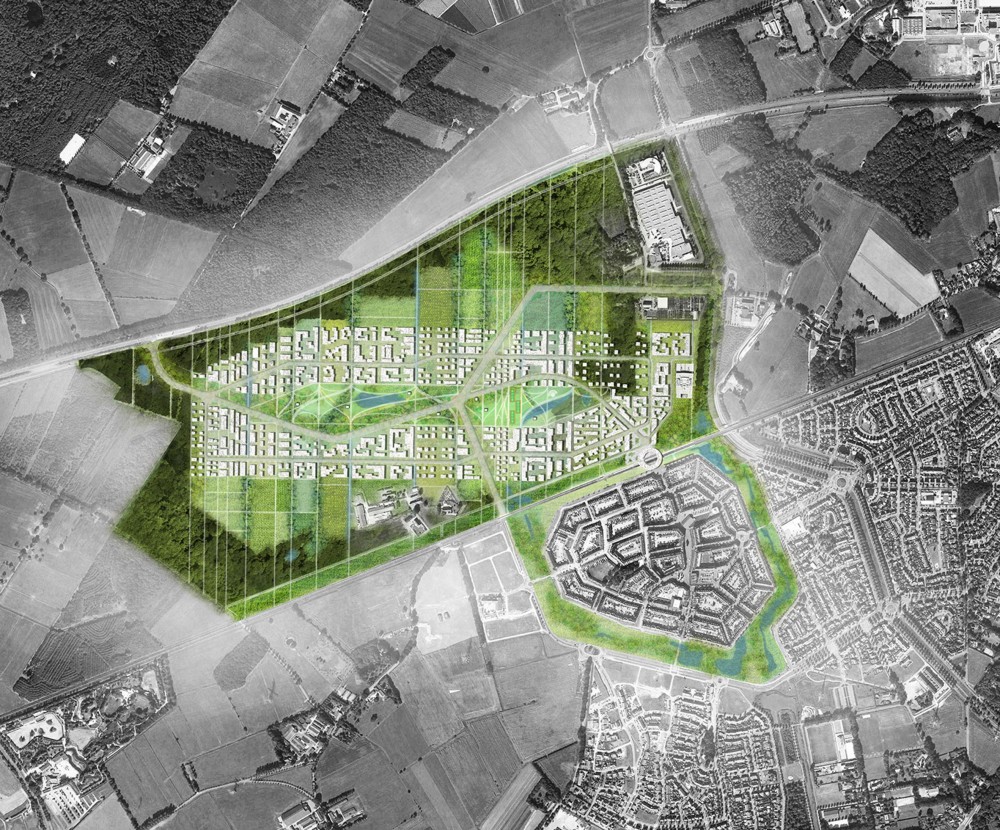
The Brainport Smart District in Helmond, the Netherlands, designed by UNSense (UNStudio’s tech spinoff), aims at putting data in the hands of individual citizens to empower their decision making. Image courtesy UNStudio.
The clunkily-named Internet of Things (IoT) has been on the forefront of futurists' minds since its coinage in 1999, and arguably before. With IoT, every conceivable object has data-collection capabilities embedded into it and is part of a network. We see this to some extent already. It’s not just our phones and laptops, but our televisions, our LED light bulbs, our Amazon Echos, our Nest door cameras, our home climate-control systems, and our fridges with screens and doors that give you coupons for yogurt when you’re running low. Mass connectivity, however, is hard for 4G, the generation of network technology that was a massive enabler of our always-on smartphone lives. Current networks can only handle so many connections, and can only distribute information so fast. Similarly, their latency, or the lag in the amount of time it takes for information or instructions to travel between two devices, can still be too high for applications that demand near real-time responsiveness, like autonomous cars or robotic surgery. To make possible a large-scale use of IoT — the enabling technology behind smart cities — a new, faster network is needed.
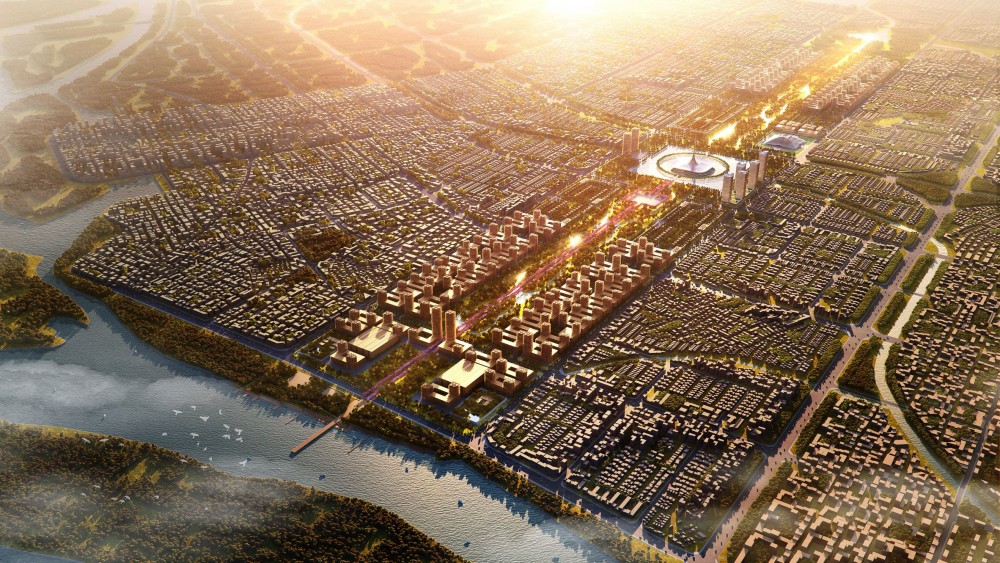
Foster + Partners has designed Amaravati, the new state capital of Andhra Pradesh, India, as a sustainable smart city. Image courtesy Foster + Partners.
A lot of what 5G-powered IoT systems promise seems especially desirable since COVID. An elevator you can call with facial recognition or a coffee you can order with your voice saves you from touching potentially contaminated surfaces. Moreover, with its high connection speeds, 5G makes remote working easier, and could enable the mass urban-to-rural migration for which the pandemic has stoked demand. So why are people around the world setting 5G towers on fire? In disinformation cesspools like Reddit forums, 5G conspiracy theories have been proliferating. Some are truly wild, invoking a cast of apocalyptic ancient angels, while many of the comparably more down-to-earth suspicions focus on the coronavirus, alleging that 5G’s electromagnetic radiation has weakened our immune systems or induced our skin cells to produce the virus. On social media, celebrities such as John Cusack and Woody Harrelson have popularized conspiracies and concerns around 5G’s health impacts — some more general and focused on the perceived dangers of electromagnetic radiation. Thanks to activists, municipalities in the U.K. have blocked 5G projects, French Green Party councilors have loudly voiced their concern, while saboteurs have been attacking towers from Roermond in the Netherlands to Portland, Oregon.
While the novel coronavirus seems to have triggered a tipping point, anti-5G anger has been bubbling online for years as countries race to rollout the infrastructure that supports it, thinking it will give them a global advantage. Governments have been investing heavily in Asia, parts of Europe — such as the Netherlands with their 5Groningen project — and in the United States with trial cities in Silicon Valley, New Mexico, and outside Orlando. Kuwait has contracted a private-public Korean consortium to help develop its own 4-billion-dollar smart city. Large firms including Zaha Hadid Architects (ZHA), UNStudio, Foster + Partners, and BIG are betting on smart technology with projects across the globe that range from single buildings to campuses, urban-scale districts, and entire cities built ex nihilo.
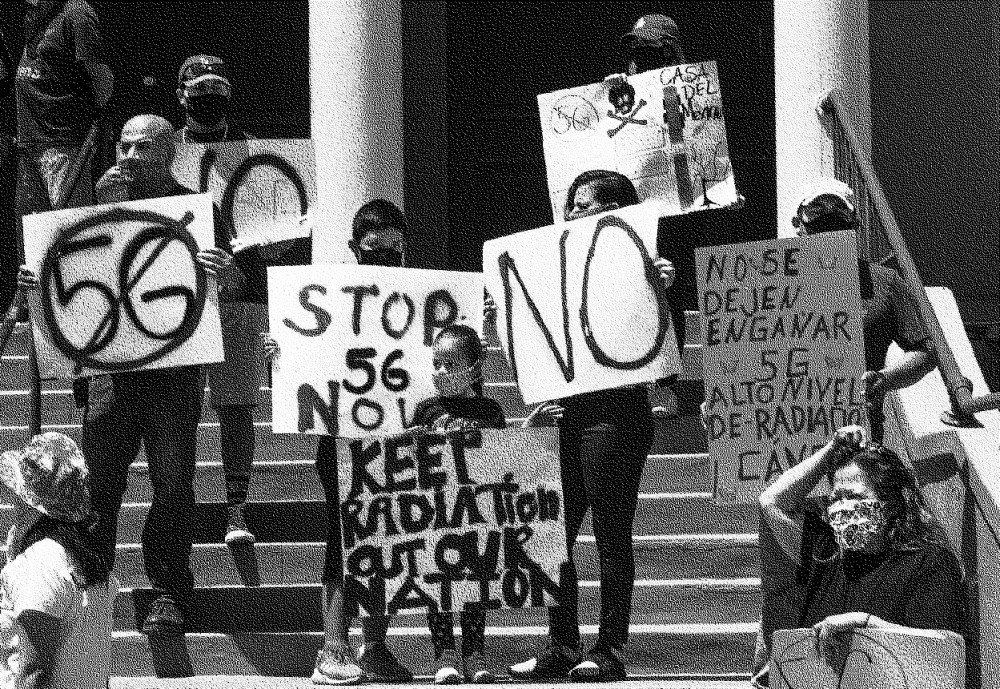
Activists demonstrate against 5G cell towers in Los Angeles, California, May 2020. Photography by Damian Dovarganes.
While the mainstream adaptation of some of this tech, such as self-driving cars, is a bit further off, many such next-gen smart processes are already getting underway. In January, BIG and Toyota announced a partnership to build a “woven city” at the base of Mount Fuji to serve as a testbed for various robotic, autonomous-vehicle, and smart-home technologies. ZHA’s 2014 Wangjing SOHO claims, as of last year, to be the world’s first commercial development to have fully integrated 5G, while ZHA’s recently announced Shanghai Campus for the China Energy Conservation and Environmental Protection Group will use 5G-powered IoT systems to regulate temperature, light, and air quality by tracking occupancy and flow patterns, noise, and other metrics. Smart cities such as the 1,500-acre Songdo International Business District outside of Seoul already have automated pneumatic waste systems, ubiquitous control panels, traffic-tracking systems, automated water management, and digitally-managed parking. Rather than a huge number of disparate agencies, actors, and individuals, the city can be operated by a central system, or rather, become that centralized, self-sustaining system.
Though the idea that 5G is somehow causing the spread of COVID is baseless, there is genuine reason for concern. A very real implication of 5G — as with each previous generation of network and mobile technology — is that it will massively expand surveillance and tracking capacities. While architecture firms say they’re only after anonymized data of mass patterns, our cities are already bristling with cameras, license-plate readers, gunshot alert systems, stingray cell-phone trackers, and other surveillance devices. New York has aerial and aquatic drones and X-ray vans, while Detroit has attempted to popularize its Project Green Light program, a network of cameras that private businesses install to send live feeds to the police. Emergency response is frequently cited as one of the principal benefits of smart cities.
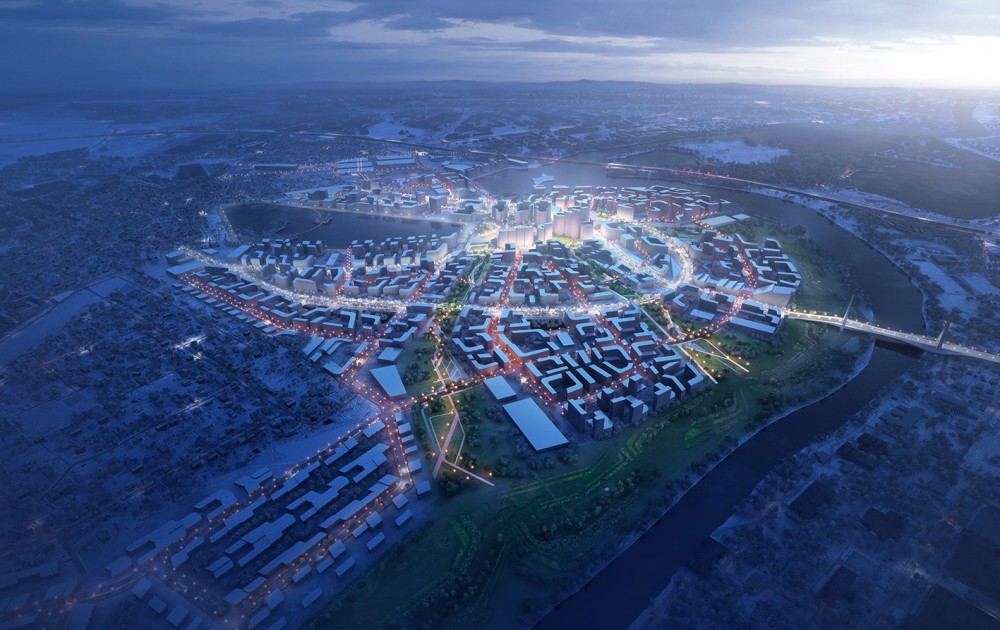
Moscow's new Rublyovo-Arkhangelskoye district, designed by Zaha Hadid Architects and Pride Architects, will be a "people-centric" sustainable smart city. Image courtesy ZHA.
The pandemic has ushered in further tracing by tracking. Already, contract-tracing apps and devices have become commonplace in China and Singapore, and companies like Apple and Google, as well as the policing- and spy-tech company Palantir, owned by billionaire and conservative donor Peter Thiel, have begun devising their own tracking solutions. Better networks would certainly make things easier: imagine infrared cameras taking temperatures, phone-based location monitoring, and facial recognition being used to map contacts. It would be helpful for slowing virus spread — and helpful for following much more, too. Speaking this August to Bloomberg CityLab on the proliferation of LED smart-bulb street lamps, which are often packed with technological extras that go far beyond simple lighting, Chad Marlow, advocacy and policy counsel for the American Civil Liberties Union, stated, “I think, rather than call them smart bulbs in smart cities, I’d call them surveillance bulbs in surveillance cities.”
In China, where the tech is most advanced, 350,000+ 5G relays have helped enable the massive expansion of a surveillance- and AI-powered police state that The New York Times has described as a project of “automated racism.” The article explains that “facial recognition technology, which is integrated into China’s rapidly expanding networks of surveillance cameras, looks exclusively for Uighurs based on their appearance and keeps records of their comings and goings for search and review.” Those who have been targeted by facial-recognition systems or by AI-run predictive policing or recidivism programs in the States would not be surprised — automated racism here just features better branding. It is virtually unimaginable that you’d be able to keep your location secret, given that you barely can already with our 4G smartphones, a vulnerability that has been exploited in the U.S. during recent months of protests. This same data stolen by governments is sold to advertisers: the city, like our screens, could become an advertising platform. Even if one of the main appeals of smart cities is cost efficiency, stakeholders — in many places private developers and corporations — will be looking to make a return on their investments. Governments, especially in the West, will likely be looking to maintain austerity, relying on these private companies or on private-public partnerships to realize new smart urban designs and to expand their watching abilities, as we have historically seen. A Columbia University computer scientist, Steve Bellovin, suggested to the Wall Street Journal 2019 that insurance companies could be interested in the smart sensing tech, offering the speculative example that geolocating a phone near a cigarette-smoke-detecting air-quality monitor could raise an individual’s premiums. As one architectural technology company CEO told me, “It’s going to get very Minority Report.”
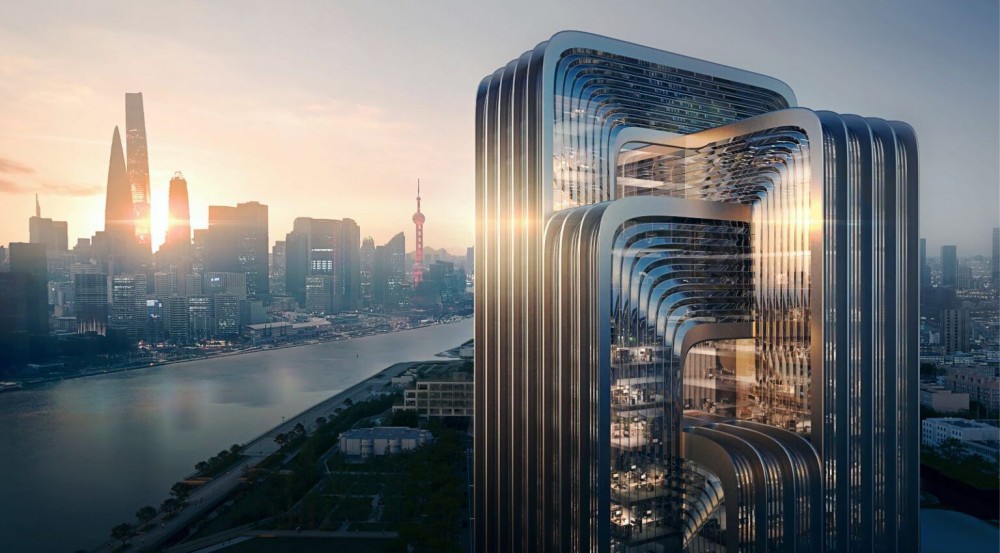
Zaha Hadid Architects’s recently announced Shanghai Campus for the China Energy Conservation and Environmental Protection Group will use 5G-powered IoT systems to regulate temperature, light, and air quality. Image courtesy ZHA.
When you talk about emerging tech, people inevitably begin discussing reality by way of sci-fi films. Maybe it’s more comfortable to understand our present through the past’s versions of the future. Thinking, “We’re not quite there, we couldn’t be there,” is reassuring. Plus, reality is a lot messier, a lot weirder, and a lot more banal all at once. There’s a meme-joke that we live in a Matrix-style simulation. And in a sense we increasingly do. It’s not that our spinal columns are plugged into some massive robotic infrastructure, but rather that simulations and models determine countless aspects of our daily lives, and, recursively, our behaviors are tracked en masse to feed those models. When you scroll on Instagram, or make discoveries on its “explore” page, you aren’t just seeing the posts of your friends organized as the app sees fit, but an algorithmically ordained structuring of reality, one that you then participate in. According to architects buying into networked and AI-enabled buildings, this algorithmic management means that occupants might have more control and personalization than ever before. For example, smart furniture, which recognizes you through your phone or face, might automatically adjust to your presence. Temperature preferences could be tracked and dynamically managed. Ironically, privacy screens might pop up on their own. This sounds individualized, though it may prove otherwise. It’s become clear that personalization, as the tech industry (in which we might include ZHA) sees it, is a myth. As we are now aware, social media pushes us into loops of sameness that give the sheen of difference — usually to get more info on us to reinforce this very system. Could our buildings and cities wind up much the same?
Rather than being “adaptable,” big data can become a self-fulfilling prophecy, and while evidence-based architecture and urban design certainly has merit, an uncritical commitment to the power of modeling, simulation, and purportedly empirical thinking flattens difference into an imagined sameness that is then built for, and in turn coerces difference to mold to. This is increasingly the case even in the initial design: Sidewalk Labs (owned by Alphabet, aka Google — fundamentally an ad company) has been working to generate buildings and urban developments using algorithms and machine learning. We live in a simulation — or at any rate the product of one.
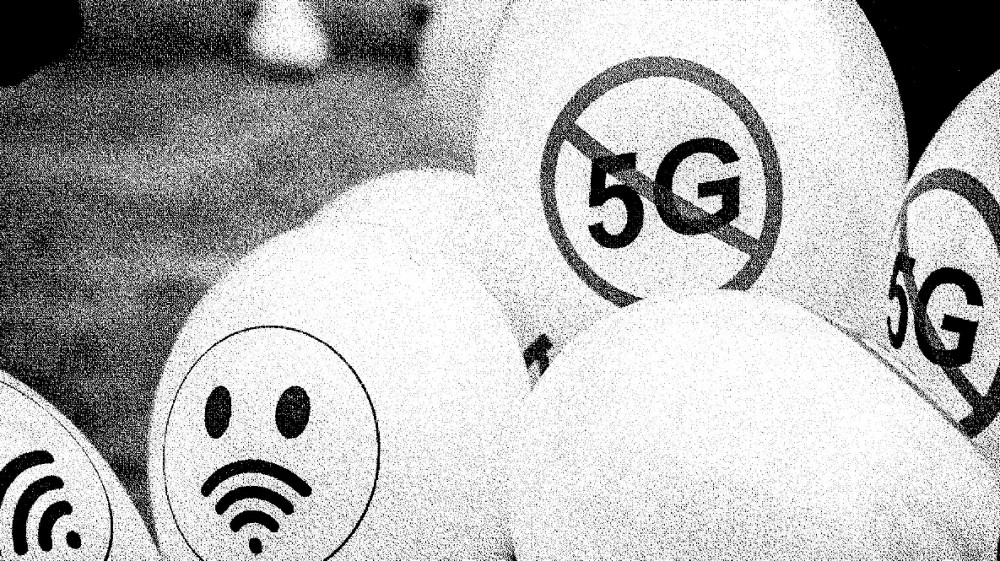
Ballons at the 5G global protest day in Osijek, Croatia, January 2020. Still from video by Matej Volarevic.
The “smart city” as a concept misunderstands the function of the city. As anthropologist Shannon Mattern puts it, the city is not a computer. “Our current paradigm, the city as computer, appeals because it frames the messiness of urban life as programmable and subject to rational order,” she writes in Places. Nor is the brain a computer, as many computer scientists and philosophers of cognition would have you believe. The “smart” in smart city or smartphone, which may some day seem as archaic and corny a prefix as “cyber,” belies the unintelligence of many of these projects, as well as obscuring the intelligence that is not being valued: the intelligence of improvisational street life, of cities that grow and mesh and fall apart over centuries, of urban messiness.
This is not to say that we don’t need more efficient, sustainable cities. Cities are going to grow and must do so effectively. Necessary degrowth in response to the climate crisis in some sectors does not exclude efficient growth and change in others. Cities are going to get denser and hotter. There will be more waste, more feet on the ground, vehicles in the street. More air conditioner units bringing down warming temperatures inside. Our lifestyle could even facilitate more pandemics. If there isn’t an effective, coherent, and adaptive way to manage this growing scale and complexity, achieving already fragile standards of livability could become untenable. But, as we have seen repeatedly — in the case of inadequate healthcare, climate change, or other social ills — technology is often the end in itself. Silicon Valley solutionism does very little to address underlying social, political, and economic conditions that give rise to fundamental issues. Sure, we need more efficient and less costly ways to deal with transit and waste. Better energy management is crucial and could make cities more livable in the face of climate change, but turning the world into a sensor is hardly going to stop the warming of the planet, to say nothing of all the power and resource extraction that will go into that added tech.
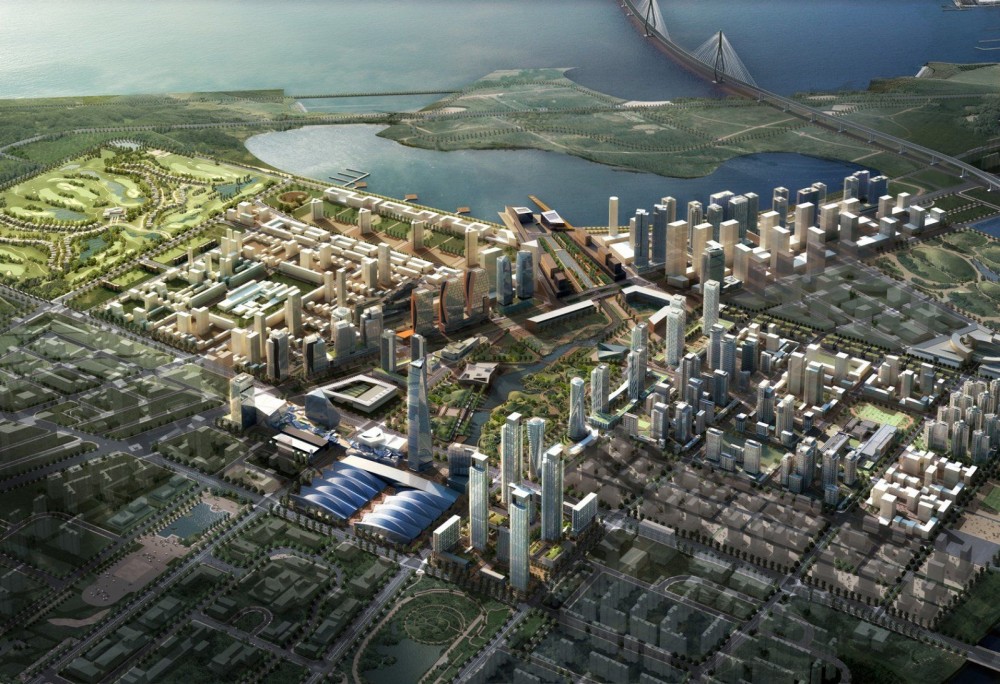
Kohn Pedersen Fox’s design for Songdo International Business District in South Korea, a smart city which is already 50 percent built. Image courtesy KPF.
Mattern deftly argues that part of the notion of the so-called smart city harkens back to the idea of the city as a repository of knowledge, an archive of sorts. But the smart city sees the city not only as a site of information storage and — critically — management, but also as a system, one that can be unified, smoothed, optimized.
The problem of optimization always begs the question of optimization for whom and on whose terms. The Brainport Smart District in Helmond, the Netherlands, a partnership between the eponymous foundation, UNSense (UNStudio’s tech spinoff), and developers, contractors, and others is less focused on technologizing everything, and instead asks how data might be put in the hands of individual citizens to empower their decision making. Ren Yee, Head of Innovation Strategy and Forecasting at UNStudio, cites the benefits of Amsterdam’s urban dashboard. “Citizens right now have much much more agency and voice. They have an understanding and can learn from the data. We are able to say how we want to live.” This type of agency, as he sees it, is newly possible thanks to expanding tech platforms and data collection. “It’s participatory co-design. It’s going to change the way we build the city.” Though one thing it seems that various smart city diehards haven’t considered is that maybe it can’t. More information isn’t more knowledge.
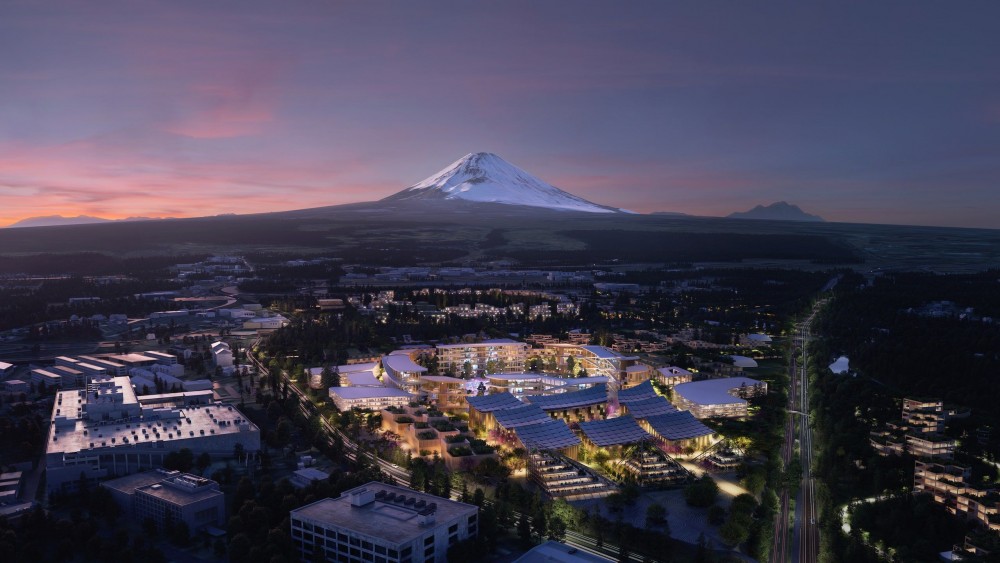
In January, Bjarke Ingels Group and Toyota announced a partnership to build a “woven city” at the base of Mount Fuji to serve as a testbed for various robotic, autonomous-vehicle, and smart-home technologies. Image courtesy BIG.
So what is the revolution if we already live in a world of sensing and surveillance and systems optimization? One aspect of this “fourth industrial revolution” is massive automation, which has the potential to restructure the way we relate to labor and its products — whether local, outsourced, or robotic. But another, related, theme is a perpetual move to a William Gibson-esque singularity, a world in which the boundary between digital and IRL, biological and non will be not increasingly fuzzy, but increasingly irrelevant.
To look beyond the smart city, all its fraught potential for changes both good and bad, we must ask: is this the revolution we need? As I write this, the Western United States are on fire. Globally, a pandemic rages. Climate refugees are traveling the world to escape unlivable heat and rising seas and extreme storms. In response to this and many other factors, fascism and authoritarianism are on the rise. The mining for the metals that make high-tech devices possible, such as the lithium that powers them, produces terrible labor conditions and decimates ecologies. Do we need to become more online? Or is that horribly indulgent? Or just last-ditch escapism or even delusion? It doesn’t have to, but not infrequently the smart city doubles down on the worst features of 21st-century urban life: mass commercialization; architectural and experiential flatness; the eradication of anonymity and privacy; a false sense that one more piece of tech will stave off climate collapse.
If the first industrial revolution spawned the reactionary Arts and Crafts design movement, might the fourth birth its own as well? One that asks how much more earth and air we must cede to a cultish dedication to digitizing everything? Will some committed utopians handcraft an urban landscape with nothing but landlines? I’m not sure I’d want to live there.
Text by Drew Zeiba.
A version of this essay was originally published in PIN–UP 29, Fall Winter 2020/21.

